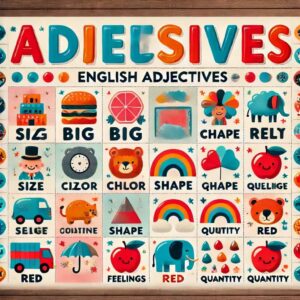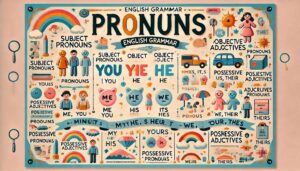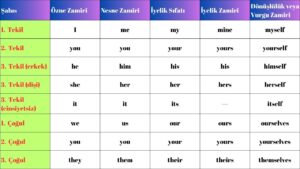Linking Verb (Copular Verb)
Copular Verbs (Linking Verbs):
Linking verbs, also known as copula verbs, are a type of verb that connects the subject of a sentence with a subject complement. Unlike action verbs, which describe an action performed by the subject, copular verbs express a state of being, identity, or a condition. The most common copular verb in English is “to be,” but other verbs such as “seem,” “become,” “appear,” and “feel” can also function as copulas.
How to find Copular verb or linking verb in the sentence?
If you change the origin verb of the sentence with “am,is,are” and if there is no problem, that verb is copular verb or linking verb. For example;
He seems tired. He is tired.
Examples of Copular Verbs:
- To Be:
- She is a teacher.
- The sky was cloudy.
- They are my friends.
- Seem:
- The movie seems interesting.
- He seems tired.
- Become:
- The caterpillar becomes a butterfly.
- Over time, she became more confident.
- Appear:
- The problem appears challenging.
- The stars appear bright.
In these examples, the linking verbs (is, was, are, seem, becomes, appears) connect the subject of the sentence with a subject complement, whether it’s a noun (teacher, butterfly), adjective (cloudy, interesting, tired), or a prepositional phrase (my friends, challenging). Linking verbs play a crucial role in conveying information about the state or condition of the subject.














Yorum gönder